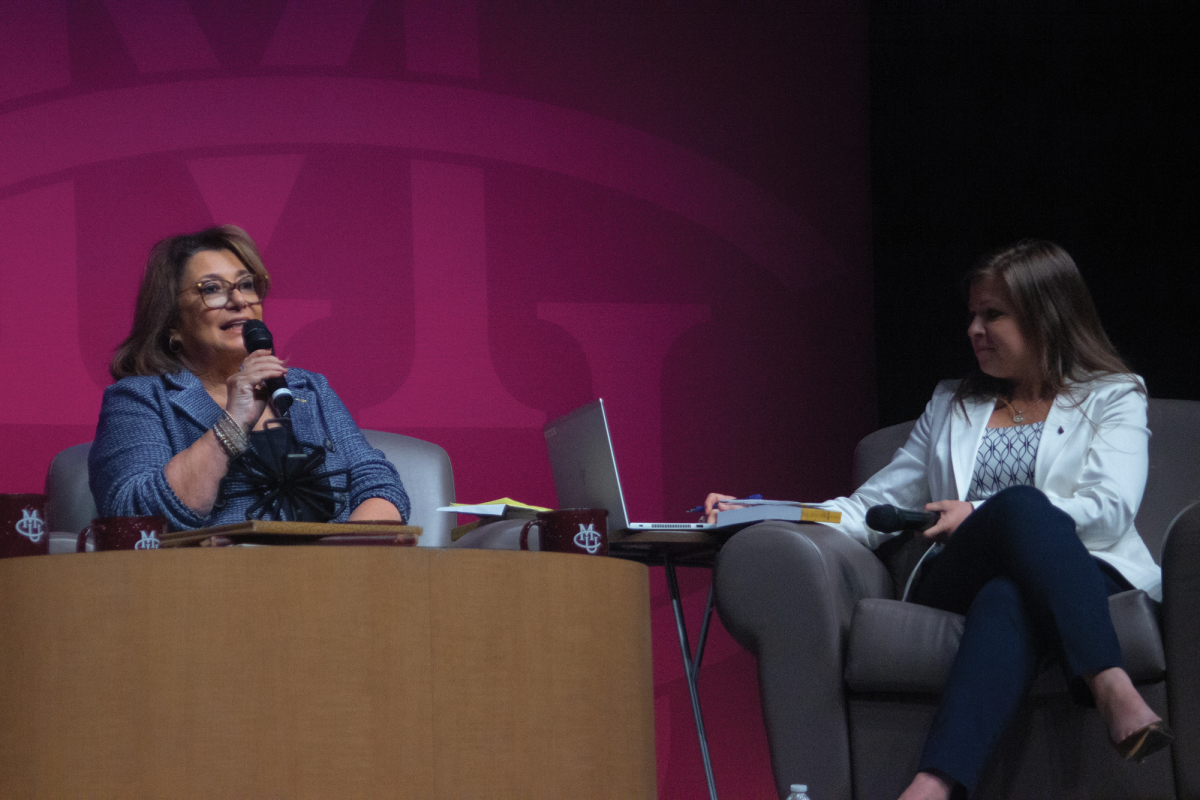Hidden beneath Colorado Mesa University lies a behemoth, under the students commuting to class and under the teams practicing in the fields, silently pumping away. It is a more than 80 mile snaking beast of pipes large enough for an alligator to swim in. This massive infrastructure is the GeoExchange system and it is how CMU uses renewable thermal energy to heat and cool its buildings and water.
Keegan Pfeiffer, CMU’s Manager of Energy, Utilities, and Sustainability, answers some questions about this astounding system:
What does the geothermal HVAC system do?
GeoExchange technology uses the earth’s renewable energy to heat or cool our buildings. It also helps provide domestic hot water in our dorms and kitchens.
The GeoExchange system uses water, or a condenser fluid, to transfer heat from a building to the ground in the summer months and from the ground to a building in the winter months.
[media-credit name=”courtesy of Pfeiffer” align=”alignleft” width=”298″] [/media-credit]
[/media-credit]
How does it work?
The earth’s temperature remains fairly constant year-round and GeoExchange takes advantage of this constant temperature to provide extremely efficient heating and cooling. The only external energy needed to operate the system includes electricity to operate heat pumps, ground loop pumps and distribution fans and motors.
What’s so special about the CMU system?
CMU’s GeoExchange system is one of the largest in the United States with a total connected load of 1,139,860 square feet which provides significant energy savings to the university.
This large structure is comprised of 434,000 linear feet of 18-inch diameter High Density Polyethylene Pipes and seven well fields located under sidewalks, parking lots and green spaces throughout campus.
The buildings that are connected to the system include Dominguez, Lucero Hall (NASH), University center, Wubben/Science, Houston Hall, Bunting, Garfield, Maverick Center, Mav Pav, Escalante, Tomlinson Library, Wingate, and Confluence Hall.
GeoExchange technology is fairly common and has been around for more than 50 years. Many homeowners and businesses use this technology but most systems only have one connected building per loop field.
How much money and energy does the GeoExchange system save?
A traditional heating ventilation and air conditioning (HVAC) system can consume as much as 22 kWh/ft2/yr. A GeoExchange system consumes about 10 kWh/s.f./yr.
Conservative estimates show our carbon footprint has been reduced by 7,881 metric tons/yr with our GeoExchange system when compared to traditional HVAC systems.
The campus geo exchange system provides up to 89% of the energy needed to heat and cool connected buildings (1,139,860 ft2), resulting in energy savings in excess of $1,094,268.60 / year.
[media-credit name=”Courtesy of Pfeiffer” align=”alignright” width=”300″] [/media-credit]
[/media-credit]
What is in store for the future?
Currently, there are plans to add a domestic hot water generation plant for the new teaching hotel. This would most likely be added to the existing central loop.
So this holiday season, as winter begins and the cold comes, don’t forget to thank the CMU GeoExchange system quietly pumping beneath your feet to keep you warm.








